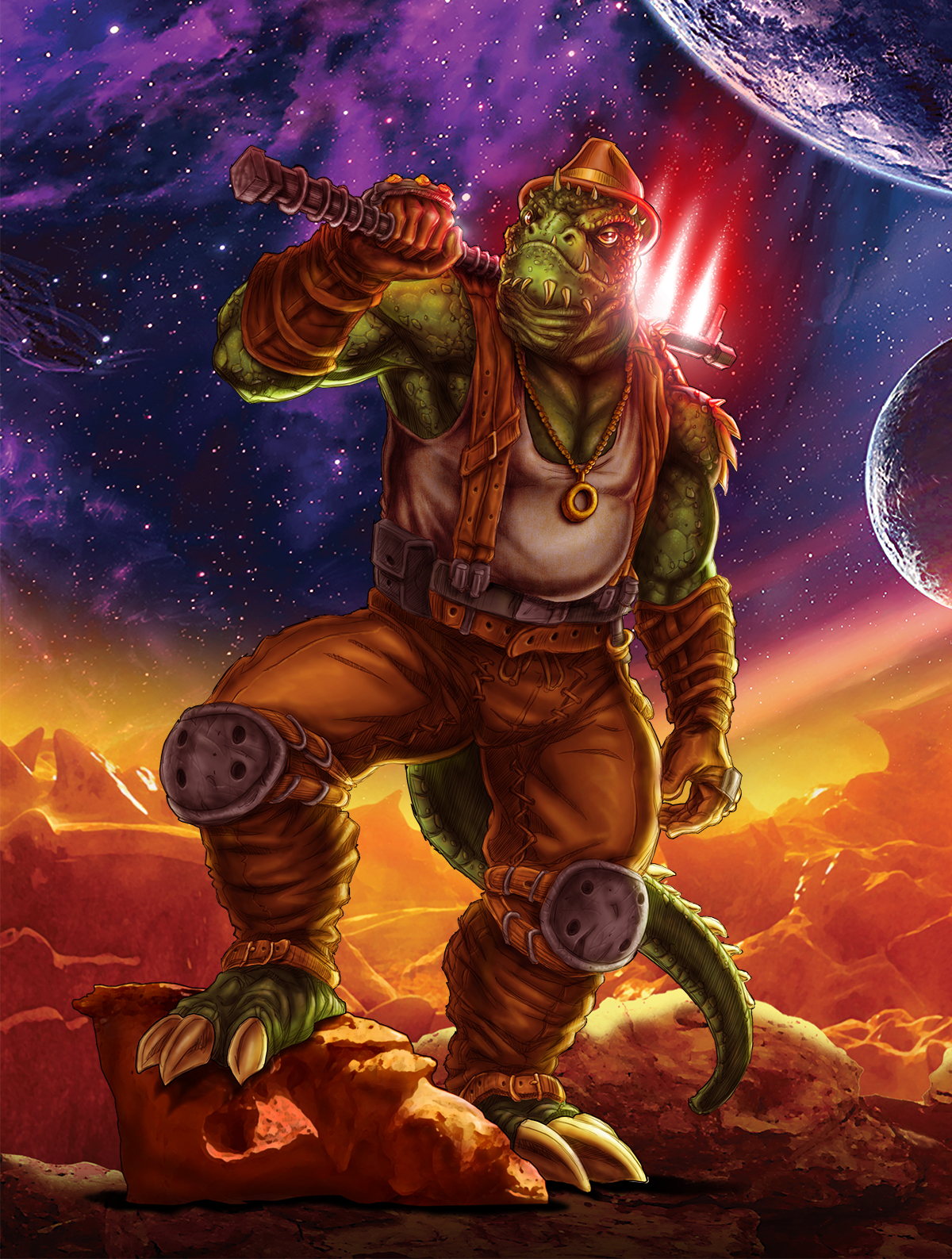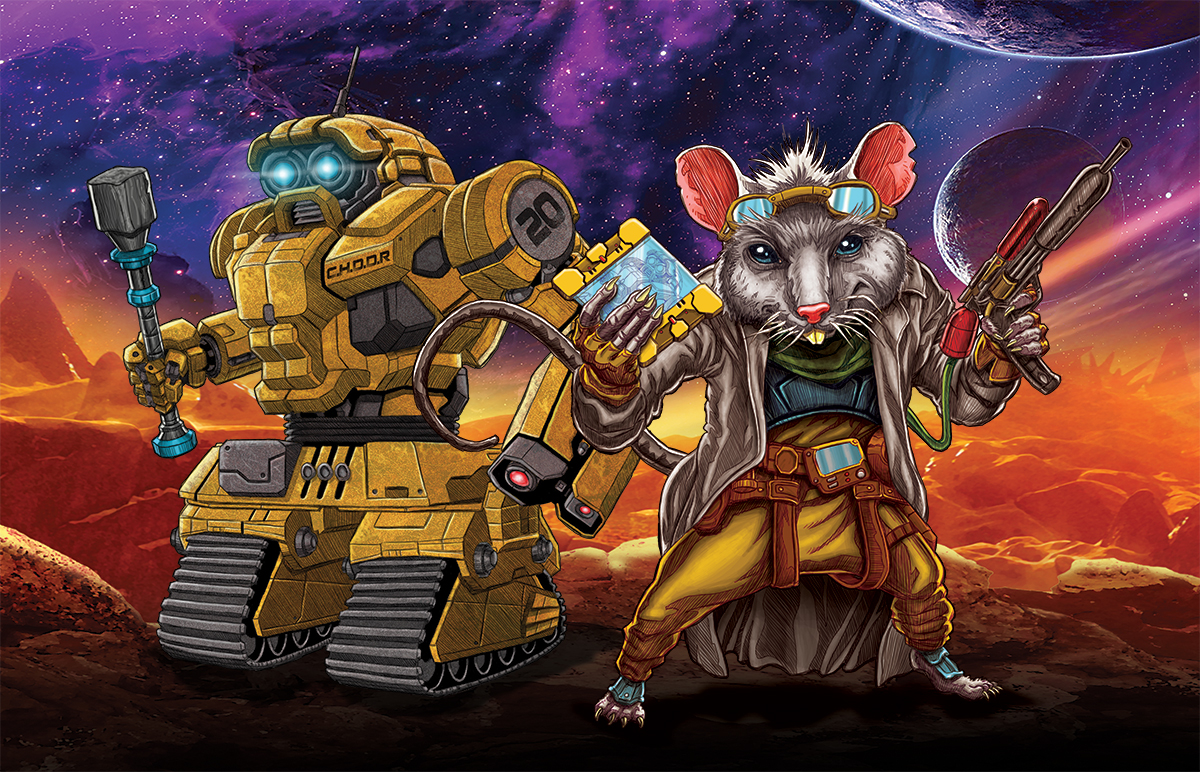Jason recaps the events from Roll For Combat, Episode 008: Payin’ The Cost To Beat The Boss.
Well… that was disappointing.
Not the boss battle itself, obviously. We won, and all the sentient humans were still standing at the end, which is how you want things to end. So in the grand scheme, we did pretty well, particularly considering it came on the tail end of two other mini-fights. But I’ll admit that while CHDRR isn’t shaping up as the front-line fighter I hoped he’d be, I didn’t expect him to be quite so… squishy.
Tactically, putting CHDRR in the way was the right call. When Hatchbuster… well… busted through the hatch… Hirogi and Mo were still getting their legs back under them from the previous battle. The gameplan was that maybe CHDRR would hang in there two or three rounds and buy them time to heal, get into position, whatnot. Getting steamrolled in (basically) one shot was NOT how I envisioned it playing out.
I’m still sorting out how protective I’m “supposed” to feel about CHDRR and how bad I’m supposed to feel about his “death” (temporary though it may be). On the one hand, CHDRR is not fully sentient (yet); he’s “just” a piece of equipment Tuttle gives orders to. On the other hand, CHDRR does have his own identity emerging within the game, and it’s kind of hard to imagine Luke Skywalker ordering R2-D2 to stand in front of a laser blast and take one for the team. (Threepio? Maybe. R2? Never!)
To compare and contrast, look at Pathfinder. You have creatures from summons that are disposable by their very nature. They show up for a few rounds, they do their thing, and even if everything goes great, they disappear. There’s no attachment beyond the momentary visceral thrill of dropping an owlbear on someone’s head. On the other hand, there are companions – wizard familiars, animal companions, the summoner’s eidolon – that are true independent entities and are pretty integral to the main character’s identity. CHDRR is certainly toward the latter half, but – maybe this is a function of how he’s always under my control – he’s not all the way there, for whatever reason. Maybe I’ll feel a little differently when CHDRR gets access to the more advanced AIs and feels more like an independent companion, but for now, he’s more of a tool than a true companion.
(Please don’t tell him I said that. I don’t want to hurt his interaction subroutines… err… feelings.)
I also think if you meta-game a little and look at the rules, I think the game designers pretty much intended for the drone to take one for the team every once in a while. It’s inconvenient to replace a drone, but it’s not truly painful. You don’t have a credit cost, and the time factor is reasonable. Yes, you need downtime – can’t rebuild in the middle of a run-and-gun dungeon crawl – but it doesn’t completely grind the campaign to a halt. There are no real provisions for how much of the drone needs to be salvageable or details about where you get the parts to rebuild it… it just kinda happens. The idea that the drone’s mind is downloaded onto your datapad also gives you some cover to feel like “your” drone is still alive. Add all that up, and I think developer intent is on the side of letting the drone eat a shot or two occasionally.
At the end of the day, you know what REALLY made me feel better, though? Thinking about R2-D2. If you think about Star Wars, R2 is basically a smoking husk when Luke returns to Yavin, but R2 goes on to get a medal and appear in every other movie in the franchise. If R2 can do it, so can CHDRR.
Besides, until I completely submerge CHDRR in swamp goo on Dagobah or force him to serve drinks to an international gangster, I’m still a more caring drone owner than Mister Fancyman Jedi. LETTING A SWAMP MONSTER SWALLOW AND SPIT OUT YOUR R2 UNIT VOIDS THE WARRANTY, DUMBASS.
If I’ve shed my guilt about CHDRR, I do have one more (minor) sin to unburden myself of. Remember in the intro to last week’s podcast when Steve was talking about GM mistakes? Well… in re-listening to prepare my write-ups, I found a small one. If you remember a few episodes back, Tuttle was supposed to give his gun to Mo before going into the club, but at some point in the Hatchbuster/Ferani fight I just kinda… decided I had it and started firing. Micro-wormhole? Quantum reality shift? Tuttle only did 2 points of damage, so it didn’t really prove instrumental, but still… oops. Chalk it up to splitting the combat over multiple sessions.
I was momentarily disappointed by the loot we got from the fight, but it makes a certain amount of sense that street thugs are gonna lean more toward the soldier-ly gear. One of these days we’ll get around to raiding a science lab (hey, I bet Astral Extractions does sciency stuff!), and it’ll be Tuttle’s day to come away with the best toys. For now, I’ll take some cash and a grenade and not sweat it.
With the Kings taken care of, I see two possible paths forward. Either the datapad gives us a new lead, or someone (perhaps it’ll be Jabaxa, or maybe just the Starfinder Society) decides that we’ve proven ourselves reliable and give us a new mission. Personally, I expect it’ll have something to do with the quarantined spaceship, but I guess we’ll just have to wait and see.
I’ll close today with a few thoughts on the “show vs. tell” debate. I’ll put it this way. I’m not philosophically opposed to the whole “theater of the mind” thing, and I absolutely appreciate a GM who can render scenes in minute detail; the problem is that GMs who are good at that sort of thing doesn’t exactly grow on trees and someone who does it badly can make the game even more confusing. Or the ultimate sin… boring.
Some of it’s a function of the fact that as an adult, my time is at more of a premium, and I don’t know that I have 20 minutes for Steve to describe every stalactite in excruciating detail like I did when I was 13. Don’t get me wrong… I wouldn’t want a GM who half-asses it either – “there’s like… a monster, and stuff” – but there’s a certain level of detail I’m willing to sacrifice at the altar of Father Time if other visual aids convey the same information quicker. Except for PowerPoint. I’ll flip the gorram table if Steve ever drops a slide deck on us.
But also… I’ll say it. Sometimes, I think we get a little TOO nostalgic for the Good Old Days. Yeah, we did all that stuff in our heads when we were growing up, but part of the reason is we had to because it was a niche hobby and we didn’t have the army of content creators we now have. You had to describe everything because it was exceedingly unlikely that Larry Elmore was going to show up on your porch and paint it for you. Now, gaming is much more mainstream, and you’ve got first-rate talent willing to put their talents to use. We’ve gone from modules that have one or two line-art sketches to modules that have full-color illustrations of every major character or setting. That’s progress, folks – might as well make use of it!
(For those who disagree, Episode 9 will be available through our special acoustic-coupled 1200 baud modem service.)
Don’t get me wrong. The core of what I love about the roleplaying experience is still what it was when I started 30ish years ago. I love the companionship of the gaming table. I still think the appeal of the role-playing game is creating a collaborative story as much as it is rolling dice and consulting tables. I do think the best moments sometimes occur when you throw the script out the window and do something no one expected. But I do also think we’re sometimes guilty of waxing rhapsodic about our unpaved roads and chamber-pots when we have (comparative) superhighways and indoor plumbing at our disposal.
Think I’m full of crap? Think I let CHDRR die too easily? Feel free to drop a line and give me a piece of your mind. You can find me on CompuServe at….

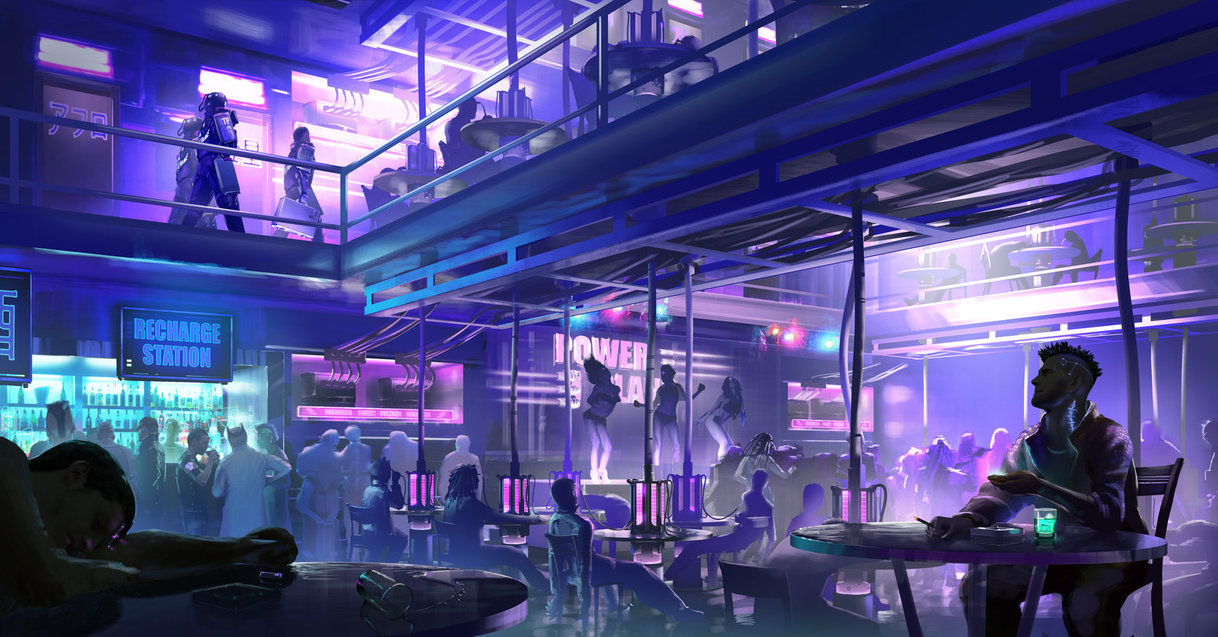

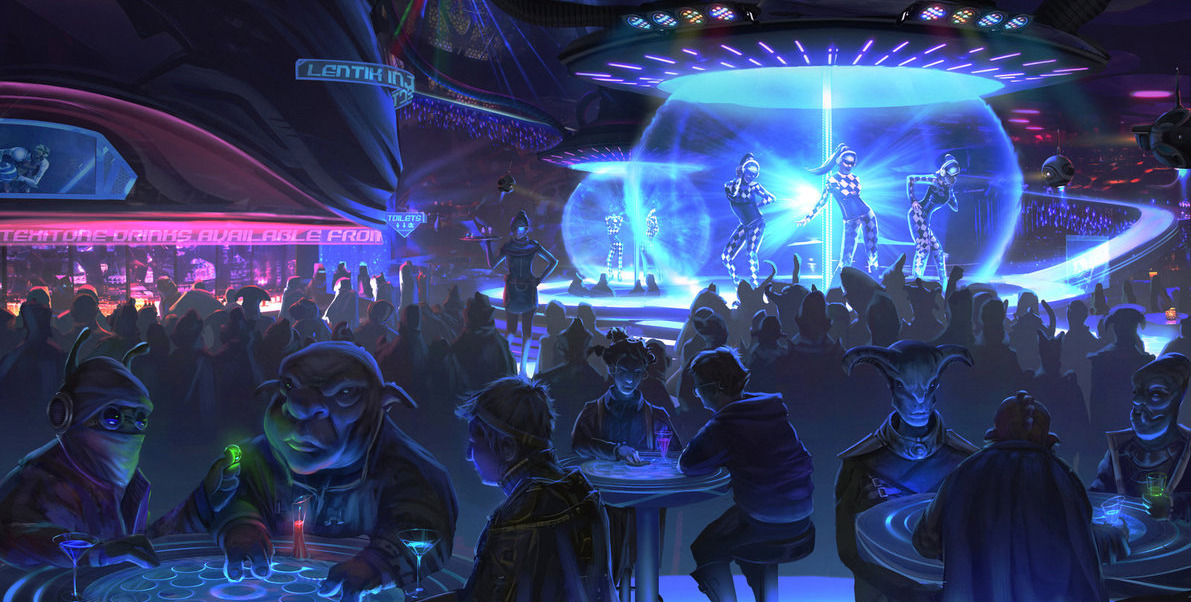
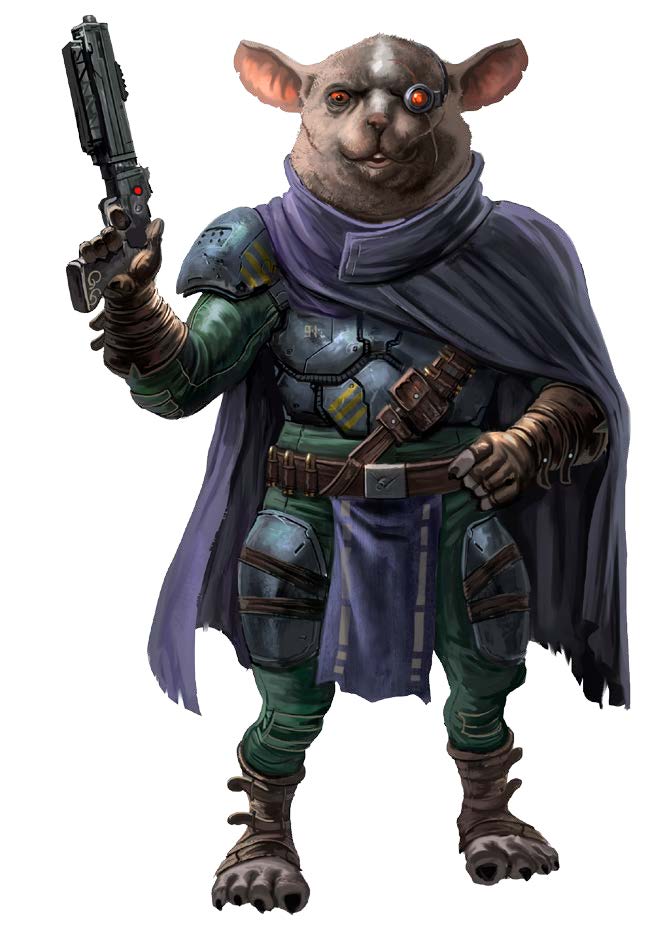
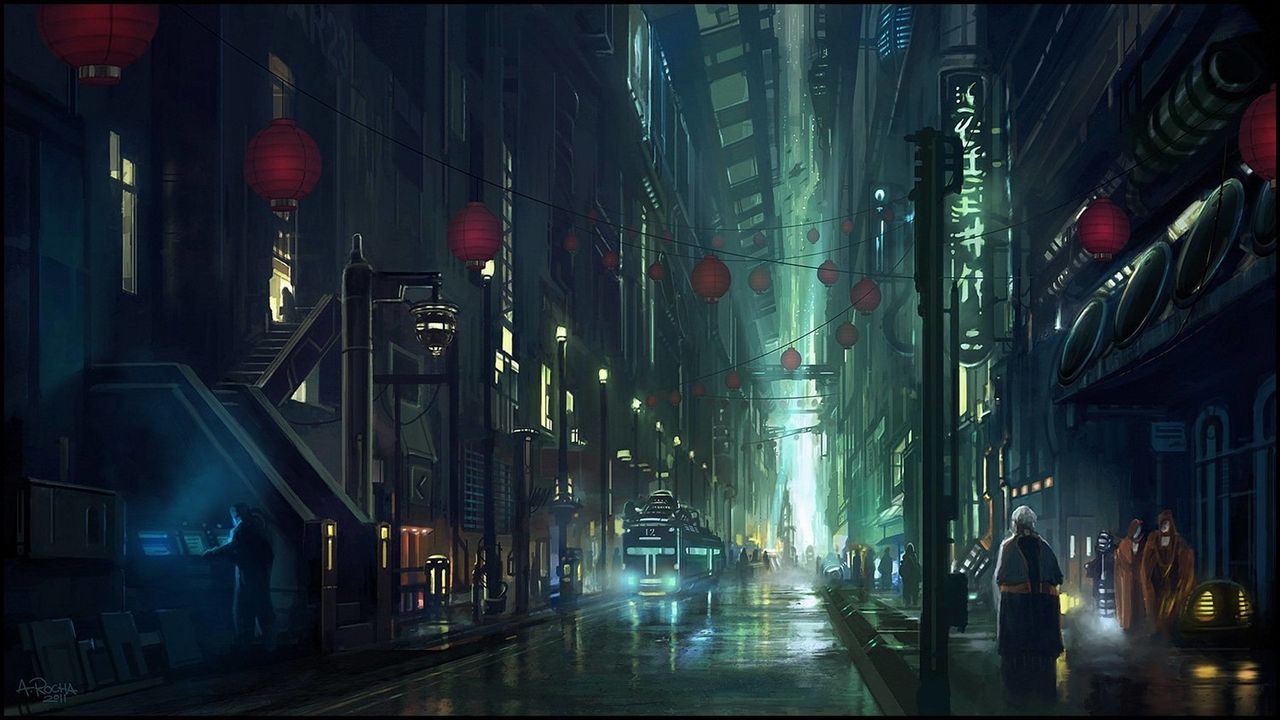
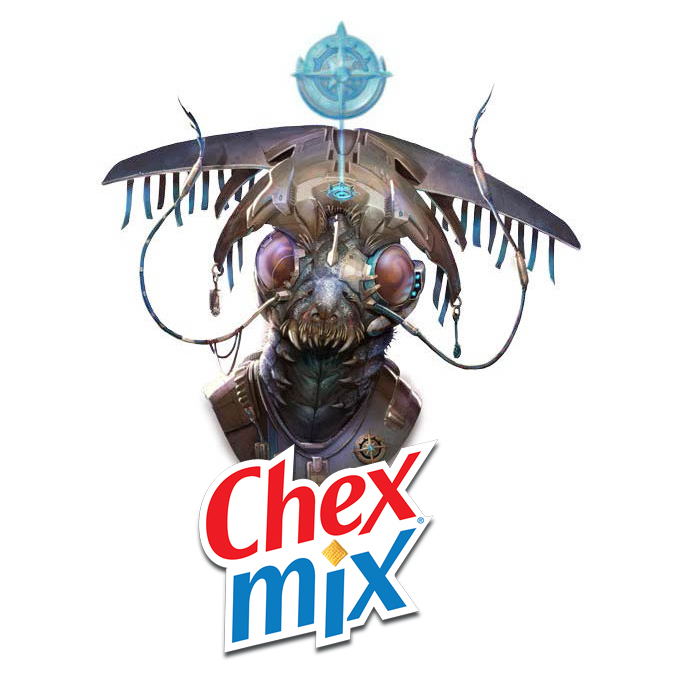
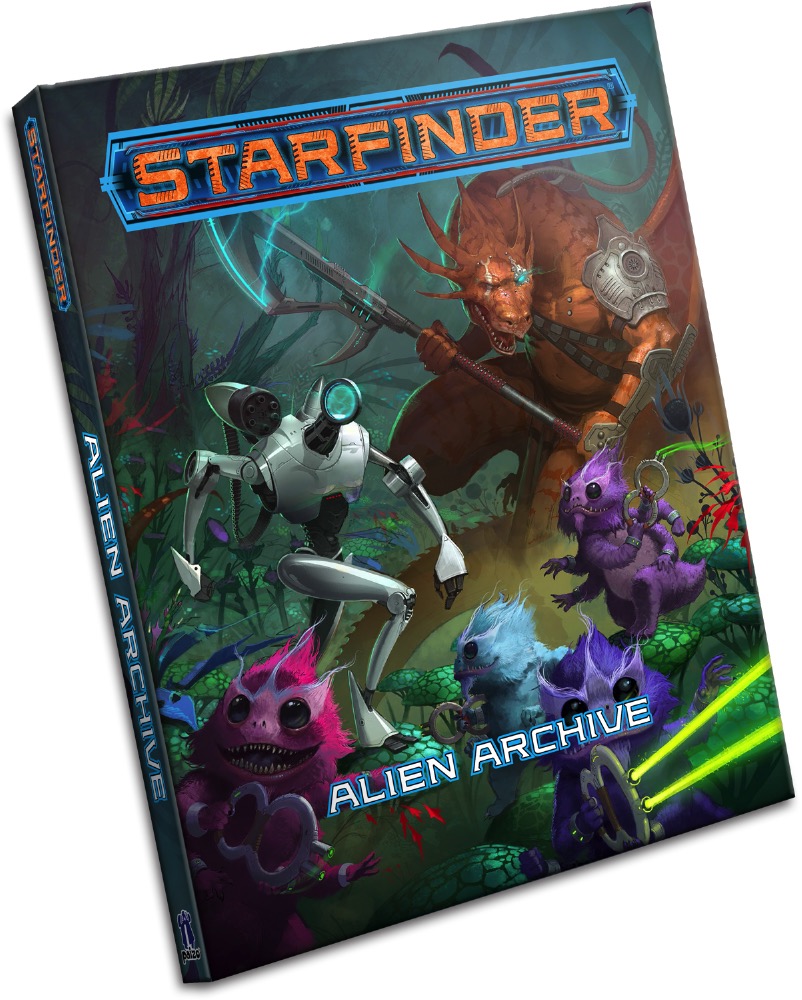
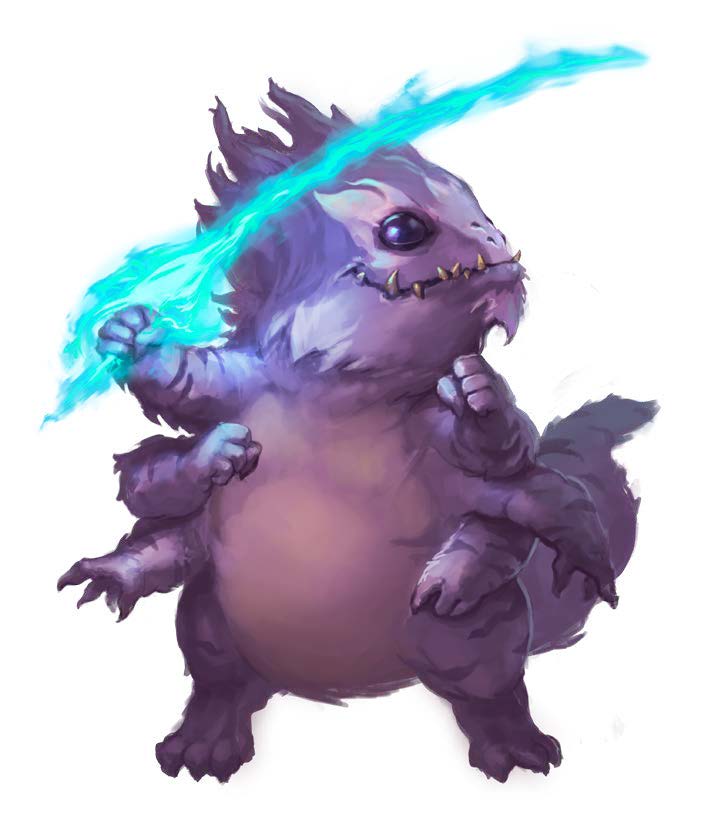 First, there’s the sheer variety of the creatures. Yes, you do have some holdovers from the world of Pathfinder (elementals make an appearance, as do dragons), but most of the stuff in here is totally new. On one end of the spectrum, you have the Skittermanders, little technicolor furballs that could give the Porg from the new Star Wars a run for their money on the cuteness scale. On the other end of the spectrum, there’s the Novaspawn, which only has rules for starship combat because it’s so large (and yes… you’ll be happy to hear it has tentacles). The gelatinous cube of your youth gets a high-tech facelift as the Assembly Ooze, and now it can assemble and disassemble technology devices. One of the most intriguing might be the Hesper, a radioactive creature whose radiation attack can cause random mutations – because who doesn’t want to grow a few extra eyes in the middle of a battle?
First, there’s the sheer variety of the creatures. Yes, you do have some holdovers from the world of Pathfinder (elementals make an appearance, as do dragons), but most of the stuff in here is totally new. On one end of the spectrum, you have the Skittermanders, little technicolor furballs that could give the Porg from the new Star Wars a run for their money on the cuteness scale. On the other end of the spectrum, there’s the Novaspawn, which only has rules for starship combat because it’s so large (and yes… you’ll be happy to hear it has tentacles). The gelatinous cube of your youth gets a high-tech facelift as the Assembly Ooze, and now it can assemble and disassemble technology devices. One of the most intriguing might be the Hesper, a radioactive creature whose radiation attack can cause random mutations – because who doesn’t want to grow a few extra eyes in the middle of a battle?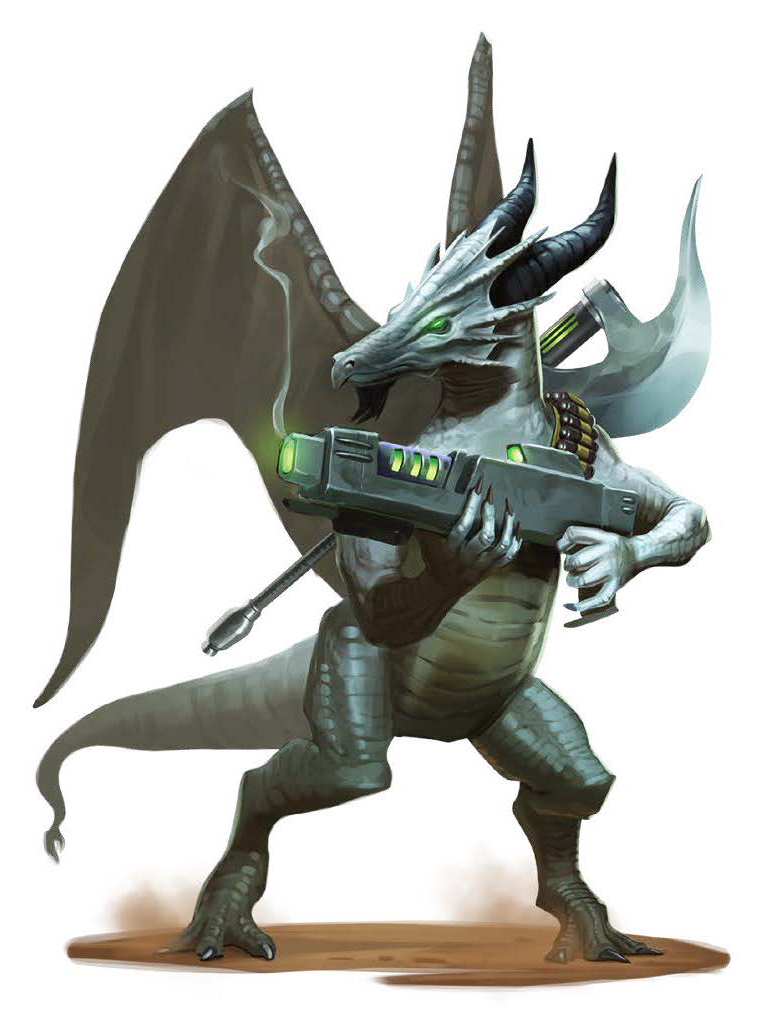 In addition to the creatures themselves, you also get a small armory of treasure items that can be included as loot for the party. Sometimes it’s the loot carried by the creatures themselves – the Sarcesian are a race of mostly mercenaries that happen to carry really good sniper rifles. Sometimes it’s gear that can be harvested from the remains – you can take the remains of a scavenger slime and make sticky bombs out of it. Sometimes it’s more of a similarly themed item – the Bryrvath is a creature that manipulates light to fuel its powers; in studying it, scientists invented the “Aura Goggles” which protect against any effects that target vision.
In addition to the creatures themselves, you also get a small armory of treasure items that can be included as loot for the party. Sometimes it’s the loot carried by the creatures themselves – the Sarcesian are a race of mostly mercenaries that happen to carry really good sniper rifles. Sometimes it’s gear that can be harvested from the remains – you can take the remains of a scavenger slime and make sticky bombs out of it. Sometimes it’s more of a similarly themed item – the Bryrvath is a creature that manipulates light to fuel its powers; in studying it, scientists invented the “Aura Goggles” which protect against any effects that target vision.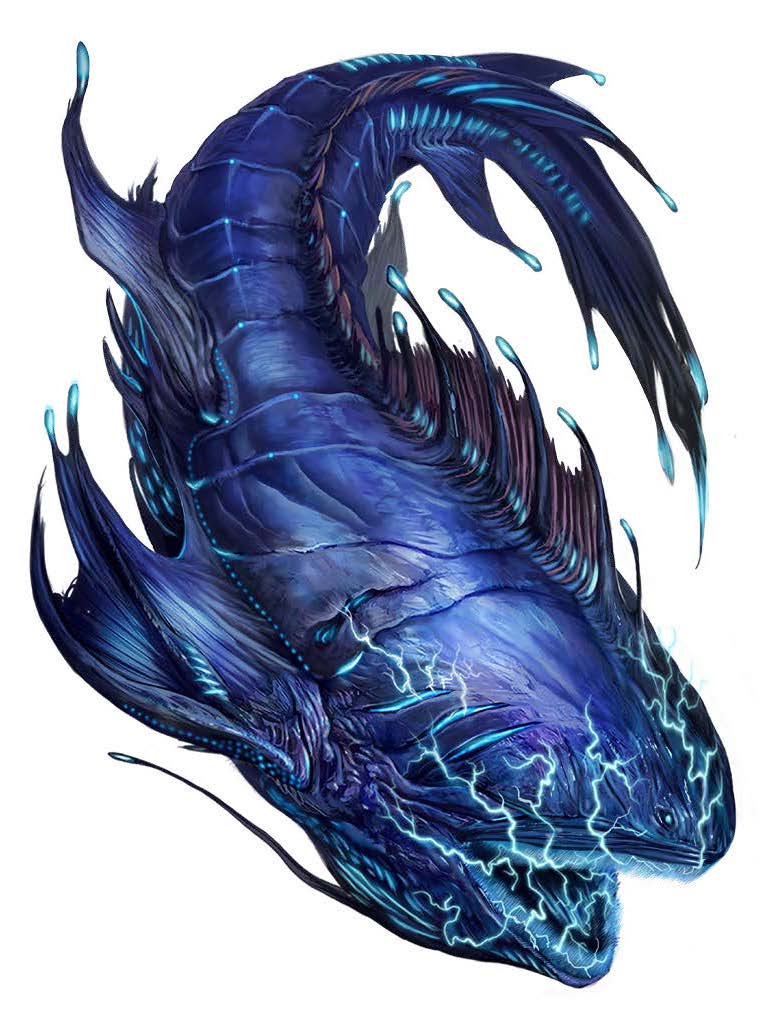 But I thought about it a little further and I think it works because it serves the premise well. I think fantasy tends to come back to familiar tropes while sci-fi is expansive. When you look at sci-fi, a lot of the fun is this idea that you have a whole galaxy/universe as your playground. Think Star Trek or Doctor Who where… yes, they have a few core races that reappear, but they also have a lot of fun with Alien of the Week. Some people are going to want the comfort of adventure paths, but some people are going to want that more expansive feel, and what the Starfinder system DOES offer out the wazoo is flexibility. If your players decide they want to take a detour to a moon you weren’t planning on visiting, you can have a new race for them to meet in a matter of minutes.
But I thought about it a little further and I think it works because it serves the premise well. I think fantasy tends to come back to familiar tropes while sci-fi is expansive. When you look at sci-fi, a lot of the fun is this idea that you have a whole galaxy/universe as your playground. Think Star Trek or Doctor Who where… yes, they have a few core races that reappear, but they also have a lot of fun with Alien of the Week. Some people are going to want the comfort of adventure paths, but some people are going to want that more expansive feel, and what the Starfinder system DOES offer out the wazoo is flexibility. If your players decide they want to take a detour to a moon you weren’t planning on visiting, you can have a new race for them to meet in a matter of minutes.